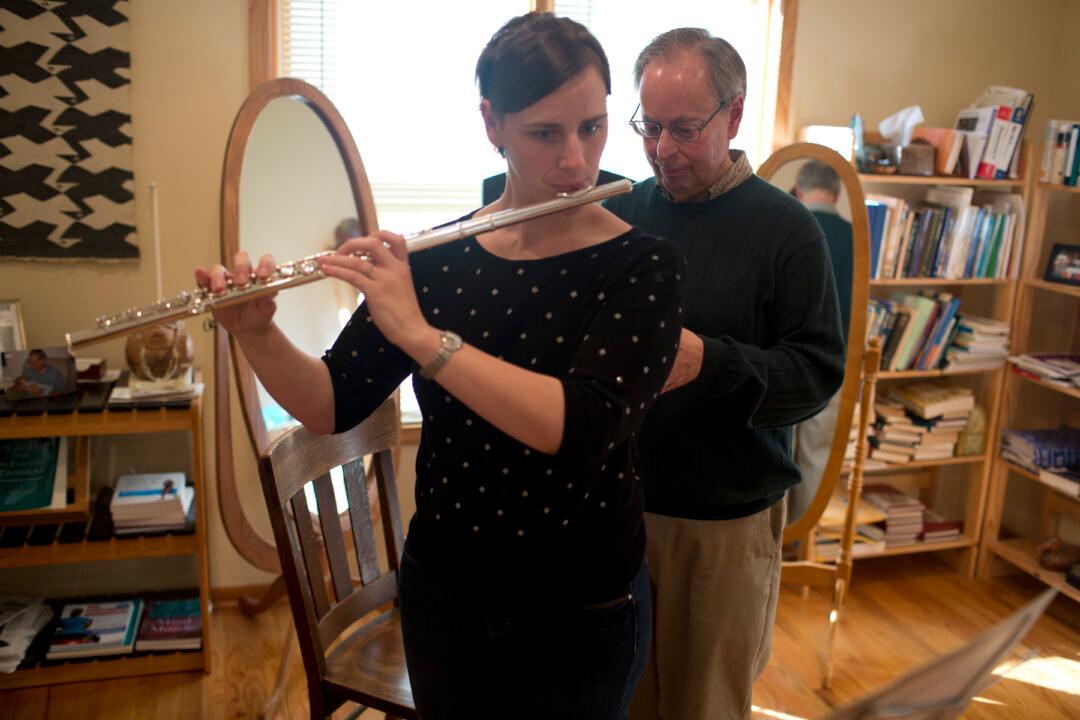Cholera had not been seen in Haiti for the last 100 years. It caught people totally unprepared and has frightened them even more than the earthquake did. To make matters worse, experts predict the lethal disease cholera will settle in to become an endemic, long-term problem for the country.
Cholera first appeared in Haiti last October. French epidemiologist Renaud Piarroux, who conducted research on behalf of the French and Haitian governments, determined that United Nations peacekeepers from Nepal were the most likely source of the disease. Another group of scientists hypothesized that the cholera outbreak was triggered by climate changes caused by the ocean atmosphere phenomenon La Niña, combined with a plunge in water and sanitation conditions following the January earthquake.
While the origins of the disease may be ambiguous, its deadly impact is clear. A report by the Haitian Ministry of Public Health and Population issued on March 24, found that cholera has so far infected 268,444 people and killed 4,758 people in all 10 regions across the country. Artibonite was hit hardest, followed by Grande Anse, and the capital Port-au-Prince where 552 people died. Mortality rates were lowest in Port-au-Prince because of greater education about prevention and better access to treatment centers.
Story continues following slide show. [etssp 317]
Since Haitians had had no experience with cholera, at the beginning, they didn’t know it could be transmitted only via water and could be avoided by maintaining basic hygiene like washing hands before eating and boiling water used for cooking. Untreated, cholera can kill within a few hours after severe diarrhea and vomiting begins.
“People are really scared, because unlike the earthquake, they cannot see or touch cholera. Haitians thought cholera was similar to AIDS or other sexually transmitted diseases. Many attributed it to evil spirits,” said Giordano Cossu, independent journalist and documentary maker, and co-author with Benoit Cassegrain of a Web documentary on Haiti called “Goudou Goudou, the Ignored Voices of Reconstruction.” Goudou Goudou is Haitians’ name for the earthquake, onomatopoeia for the quake’s deadly sound.
Cossu says the best way to survive cholera is to reach a cholera treatment center, where they infuse you with fluids and salts. He relates a heartbreaking story of a young couple, living in a camp, with two children—a 6-year-old boy and a few-month-old baby.
One day, Mario’s wife showed symptoms of cholera so Mario took her to a hospital. It saved her life, but in his absence, their young son developed symptoms and died within hours.
Cossu explains that in the camps, people are so poor, and their lives are mutually dependent. Those who are sick and make it through are considered dangerous, and will be shunned by neighbors, which is what happened to Mario and his family.
“So this side of cholera creates another social problem—alienation—people don’t know what to do, feeling desperate.”
Maintaining a normal social life in Haiti proves as hard as having normal sanitation. This is because more than 1.5 million people are still living in makeshift camps. The majority of households don’t have toilets and lack access to safe drinking water, which aids the spread of cholera.
Next: Dangerous Places
Cossu says the slums in the capital and the countryside are the most dangerous places for contamination. He points at a photo he took in one of the slums in Port-au-Prince, Cité Soleil, showing a canal running between the shelters. The canal with wastewater moves slowly because of the huge pile of plastic bottles it carries.
“You just cannot see the water. But when the rain comes and the level rises, all the garbage goes into the houses.”
Cossu says local people are especially worried about the canal, because it is near the coast and waste then spills into the sea.
“In Haiti there is no collection of garbage. People just throw everything everywhere,” adds Cossu.
Orpha Dessources, a journalist for Radio Boukman in Haiti, said that during the rainy season, people cannot sleep for fear of the surging canal water that is full of all kinds of microbes.
“They are exposed to everything, in particular to this disease, the epidemic of cholera, which will be a huge problem if it attacks. … Surely everyone will be infected, given their living conditions.”
Another problem is the lack of access to safe drinking water. Usually, treated water is sold by private companies, or given free by relief organizations. But many people either do not have money to buy it, or are made to wait in very long lines in the heat, to get a bucket of treated water. Cossu says that people are so fearful of cholera that they add extra chlorine to the already treated water.
“In the end they drink either untreated water, or water with too much chlorine, which might be dangerous for their health,” said Cossu.
In recent months, because of the dry season, the cases of cholera have gradually decreased. Some organizations, like Doctors Without Borders, withdrew their missions because the situation had stabilized. But with the rainy season looming in April and May, cholera is expected to rise again and bring about the same problems as last autumn.
“Although the situation has improved significantly, there are still new cases every day,” said Maura Hart, of Oxfam America via e-mail. Hart says with rainy season approaching, there is a grave risk of another spike.
Kay Mattson, Emergency Cholera Response WASH Program manager at Mercy Corps, says the cholera treatment center in Mirebalais, a town 40 miles northeast of Port-au-Prince, registered 1,015 cases of cholera in February and most of March.
“This was higher than I was expecting,” wrote Mattson in an e-mail.
Emmanuelle Schneider, information officer at United Nations Office for the Coordination of Humanitarian Affairs (OCHA) in Haiti, says the current situation was predicted correctly by the World Health Organization and the Center for Disease Control in Atlanta: 200,000 cases of cholera during the first three months of 2011.
But Schneider admits the temporary “silence” should not be underestimated and that long-term measures must be taken.
“With the current downward trend of the cholera epidemic, the main challenge now to transition from emergency programming to long-term national capacity building.”
According to Schneider, Haiti has to prepare for years of cholera.
“Unfortunately, the cholera epidemic is projected to be endemic in Haiti. There is no inherent resistance in the population and access to clean water and adequate sanitation is extremely limited across the country,” wrote Schneider via e-mail from Haiti.
Planning Ahead
Two scientists from the University of California predict a gloomy picture unless something is done. Using mathematical modeling, Dr. Jason Andrews and Dr. Sanjay Basu predict that without additional intervention, there will be 779,000 new cases and more than 11,000 deaths between March and November 2011.
Many organizations are working hard to prevent that, by providing education, fresh water, and medicine.
Since the initial cholera outbreak, Seattle-based World Concern, which has worked in Haiti for the last 35-years, has distributed cholera prevention information and cholera kits to 92,000 people. They are building transitional shelters and repairing houses so families can move back into homes, says Derek Sciba, World Concern marketing director.
Sciba says, “One-to-one sharing of information is the best way to halt the epidemic.” He describes Bonnet Wilflot’s story of saving his neighbors’ child. After taking a training course, Wilflot knew how to prepare the oral rehydration solution while waiting for a vehicle to pick up the boy. “I gave it to the child all the way to the closest cholera treatment center,” Wilflot told World Concern staff. He also taught the parents and rest of the family how to prevent the spread of cholera and keep themselves healthy.
For the Red Cross in Haiti, they want all rescue organizations to convey a simple and consistent message to the population regarding what cholera is and how to avoid it. The problems is, says Julie Sell from Haiti, that the Haitian government doesn’t have resources to monitor and control rescue organizations to do this. Sell says this undermines the whole humanitarian effort in Haiti.




